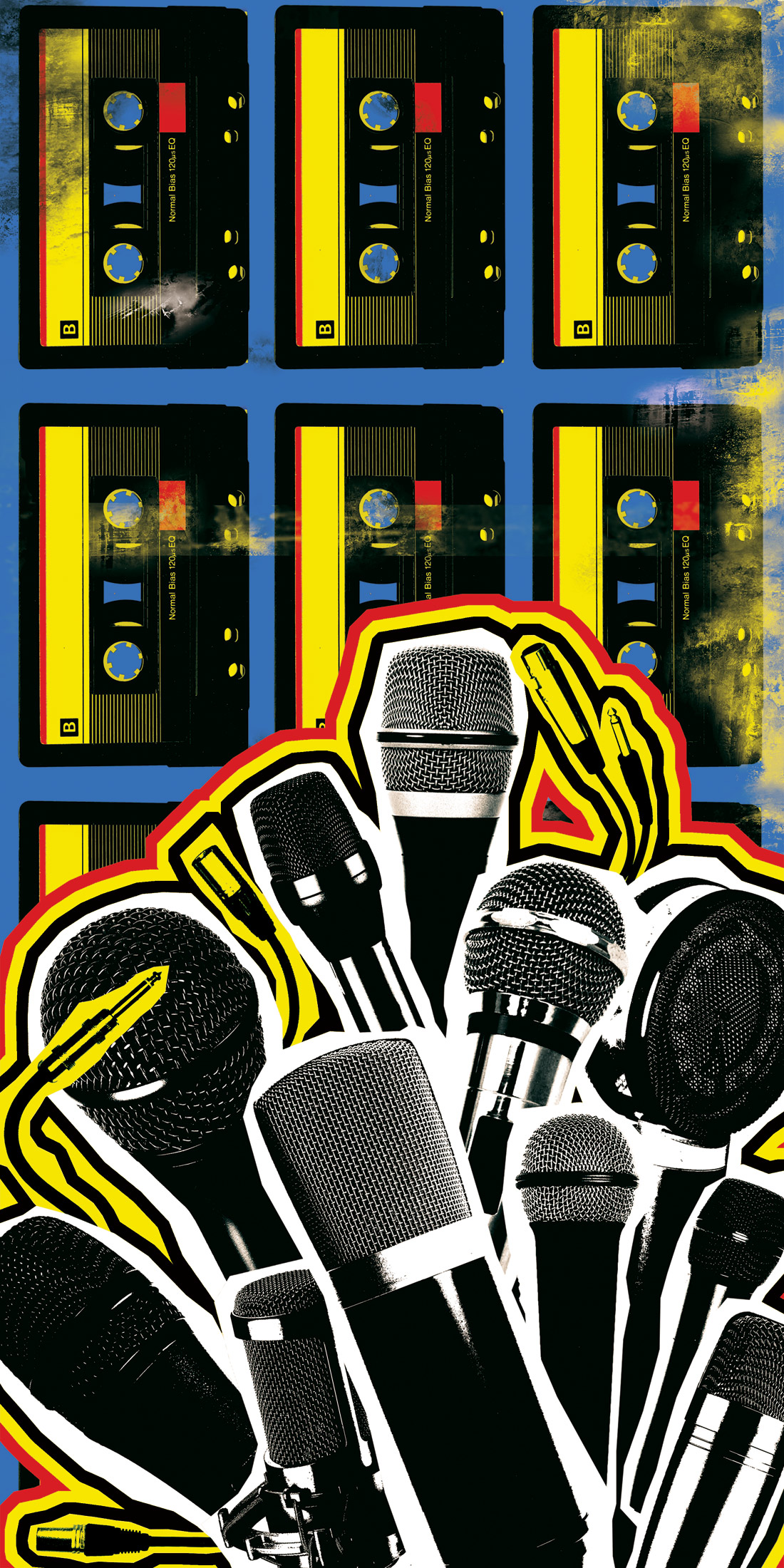How many of you have a USB or FireWire device-hard drive, effects processor, control surface, keyboard controller, whatever-sitting on your desk or console with a cable awkwardly sticking straight out the back of it? In my personal studio, a Focusrite Liquid Mix (Tape Op #65) and a PreSonus FaderPort (#59) sit on the padded armrest of the Argosy console (#38) that houses my Sony DMX-R100 mixer (#25). I was annoyed at how the cables coming out of the Liquid Mix and FaderPort effectively increased the footprint of these two devices and often impeded the mixer's moving faders. My first thought was to scrounge through my various bins of computer supplies to find cables that terminated with right-angle connectors, and then use extender cables to complete each cable run to my computer, which sits in a rack 25 ft away. But I've never had good luck with passive extenders that go beyond the 15 ft specification; moreover, an active extender is basically a cable terminated with a single-outlet powered hub, and I imagined nightmares of intermittency using the Liquid Mix and FaderPort with hubs. So I went scrounging on the interwebs instead of in my parts bins, and I happened upon USBFireWire.com, a vendor with a sizable catalog of cables sporting many types of termination options, including all four forms of "right angle"-left, right, up, down-up to 33 ft long. Now my Liquid Mix and FaderPort no longer require additional space behind them for unwieldy cable loops; instead, their cables are tucked in neatly behind them. ••• Speaking of cabling and the rack that holds my computer, have you ever heard of rack porn? Do a google image search for "server rack porn" (without the quotes), and you'll see what I mean. Whenever I have a wiring task, I pull out my Eclipse Tools cable-tie gun (Tape Op #29) along with my multi-compartment boxes of various mounting hardware, and I make sure to route my cables neatly. Systematic wiring greatly facilitates pulling and swapping gear (especially with all that I review), and I never have cabling-related problems. But why is it that audio racks are never designed with wiring in mind? No tie- downs, lacer-strips, knockouts, rail options, copper ground- bars, modular power strips, or even any vent holes? Well, being a connoisseur of rack porn, when I replaced my Mac Pro with a custom-built, rackmount, silent PC from Endpcnoise.com (#67), I decided to sell my now-pointless IsoBox noise-isolation rack and purchase a rack enclosure made for the IT industry instead, with cable routing purposely designed into the product. I settled on a Middle Atlantic PTRK-Series welded-steel rack (www.middleatlantic.com) with optional castors, rear rails, power strips, and heavy-duty rackshelf. The adjustable rails are tapped for 10-32 screws, the standard for audio racks (as opposed to 12-24 threading for telecom and data racks). The included locking doors can be configured for left or right swing, and once unlocked, they lift right off; or you can completely remove the doors, hinges, and locks if security isn't a concern. Between the computer, Apogee AD/DA-16X converters (#59), M-Audio ProFire Lightbridge (#57), RME ADI-648 MADI/ADAT router, and Drawmer D-Clock-and the rest of the room-the rack is wired to support 64 channels of digital I/O in various forms, 16 channels of analog I/O, and multiple clock signals. All the devices are plugged into the vertically-mounted power strips with 12'' and 18'' IEC cables from Cyberguys.com. And a Littlite L-7/18-LED Rakit (#62) mounted on the rear rails not only helps me when I'm rewiring, but it also lets me proudly illuminate the rack porn. -AH

